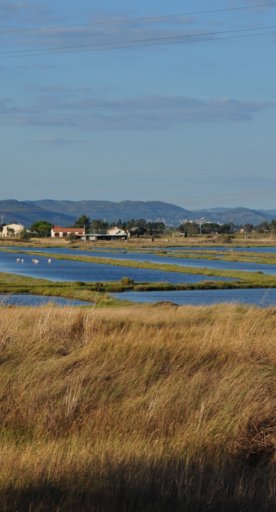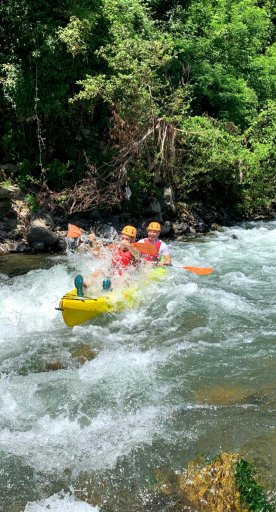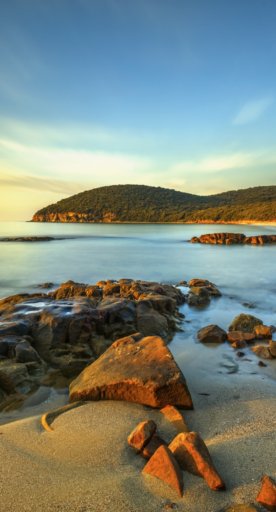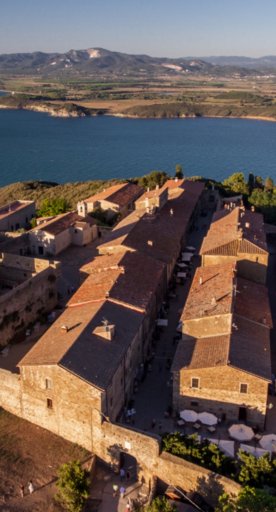Etruscan Coast

A treasure waiting to be discovered, from sports and nature to history and the area’s best wines
Show more
Etruscan Coast
A treasure waiting to be discovered, from sports and nature to history and the area’s best wines
Go to the area











































